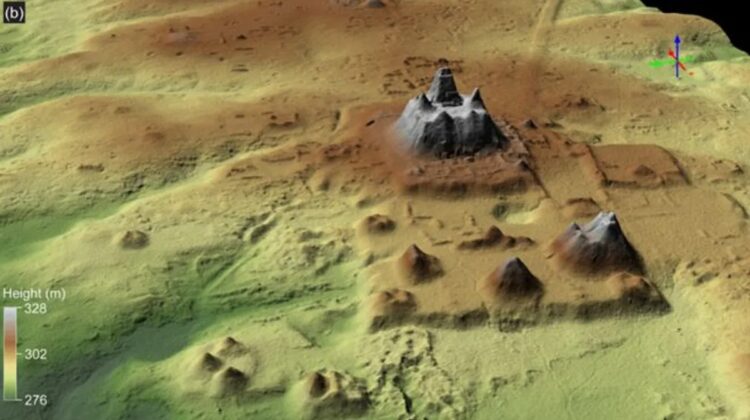
Ancient Maya infrastructure was something to behold.
A Maya civilization with 964 connected settlements that was previously unknown has been uncovered in northern Guatemala. The scattered sites, which are believed to date from the Preclassic Maya period, which spanned from roughly 1000 BCE until 150 CE, cover an area of about 1,685 square kilometers (650 square miles) and are connected by 177 kilometers (110 miles) of ancient roads.
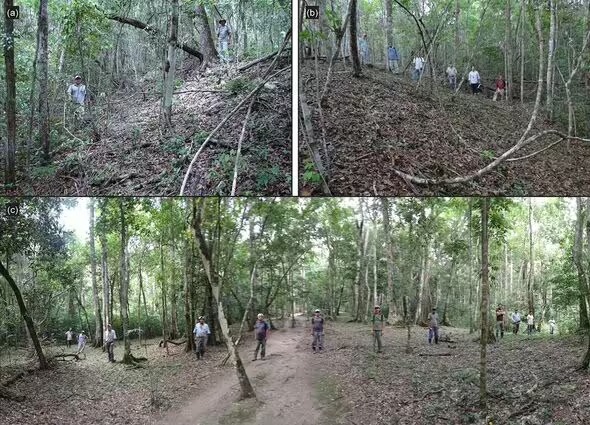
Using LiDAR, a detection system that uses laser signals to reflect off surfaces to reveal hidden features and structures, researchers discovered the network of settlements. The team used the technology while flying over Guatemala’s Mirador-Calakmul Karst Basin (MCKB) to cut through the dense jungle canopy and reveal the hidden ancient structures.
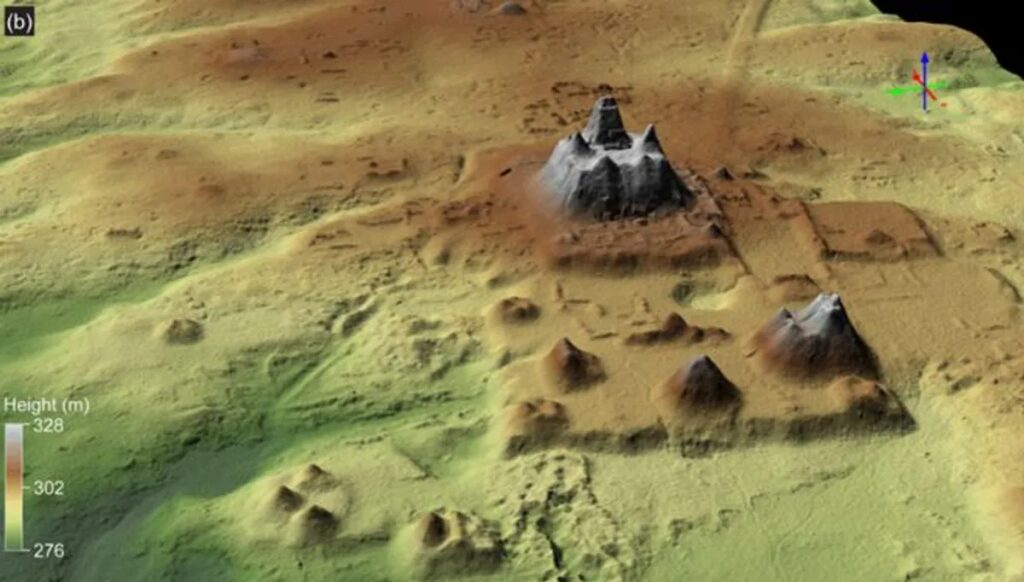
In a new study, the researchers state that the LiDAR survey “revealed an extraordinary density and distribution of Maya sites concentrated in the MCKB, many of them linked directly or indirectly by a vast causeway network.” They discovered 775 sites in the MCKB itself, and an additional 189 sites in the nearby karstic ridge.
The 417 cities, towns, and villages made up of these 964 sites all appear to have been a part of one cohesive civilization. According to the authors, the consistency of architectural forms and patterns, ceramics, sculpture, architectural patterns, and unifying causeway constructions within a particular geographical territory “suggests a centralized political, social, and economic organic solidarity among the occupants.”
Prior to the discovery of the recently discovered sites, archaeologists believed that this low-lying region of the Maya empire was sparsely populated. The size of the labor required to build the massive platforms, palaces, dams, causeways, and pyramids dating to the Middle and Late Preclassic periods across the MCKB, according to the researchers, “suggests a power to organize thousands of workers.”
Highly skilled “lime producers, mortar and quarry specialists, lithic technicians, architects, logistics and agricultural procurement specialists, and legal enforcement and religious officials, all operating under a political and ideological homogeneity,” are required to create such a civilization, according to the authors.
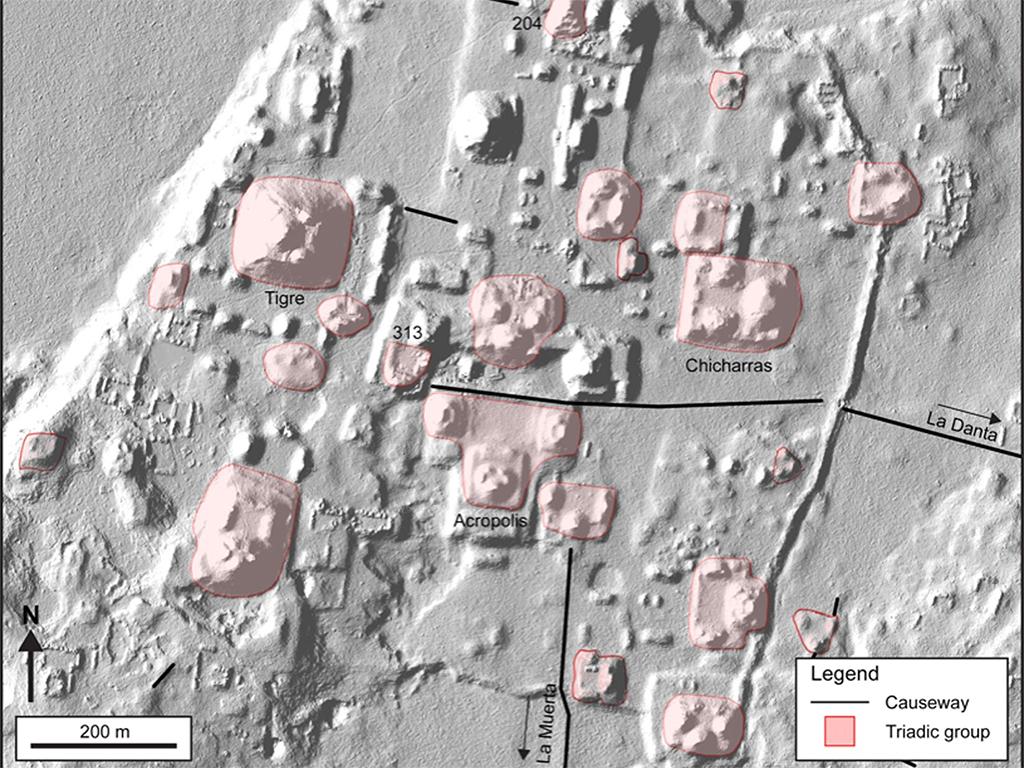
The astounding network of causeways is cited by the researchers as “one of the crowning achievements” of the ancient Maya among the many architectural surprises found in the area. The team discovered 38.23 kilometers (23.8 miles) of intrasite causeway in addition to 133.22 kilometers (82.8 miles) of roads connecting various settlements.
They assert that the presence of these transportation links would have made it simple for people to travel to other settlements and would have facilitated cooperative labor projects.
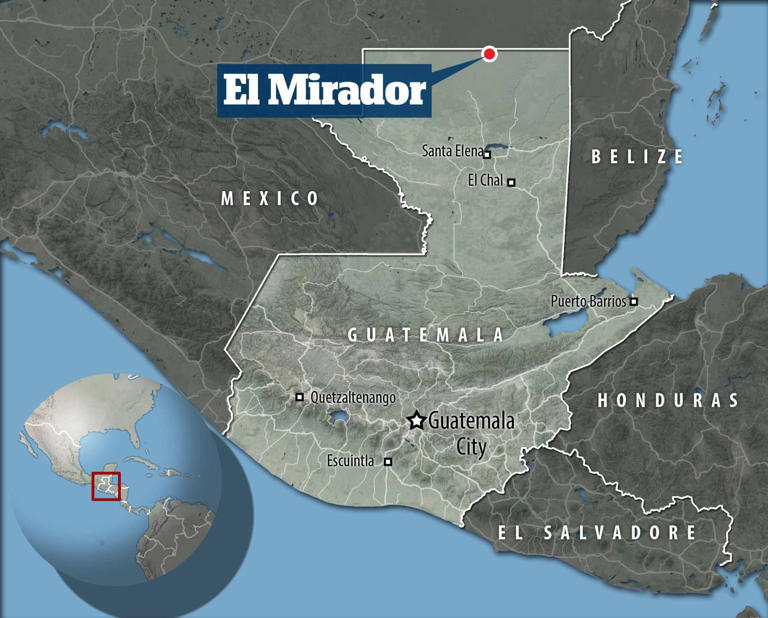
A total of 30 ballcourts were discovered dispersed throughout the system, and some sites contained large platforms and pyramids that may have served as political hubs.
The existence of such a large population would have necessitated extensive water collection projects as the MCKB has no year-round rivers or lakes. The researchers consequently discovered 195 man-made reservoirs as well as a system of canals for moving water throughout the area.

Incredible! It is extremely fascinating to find such an extensive civilization such as this.
very useful liDar technique for ancient areas in earth.
I have been lucky to visit the Yucatan and other amazing South American archeological treasures including Machu Picchu, Bolivia , etc .
I will certainly be back !